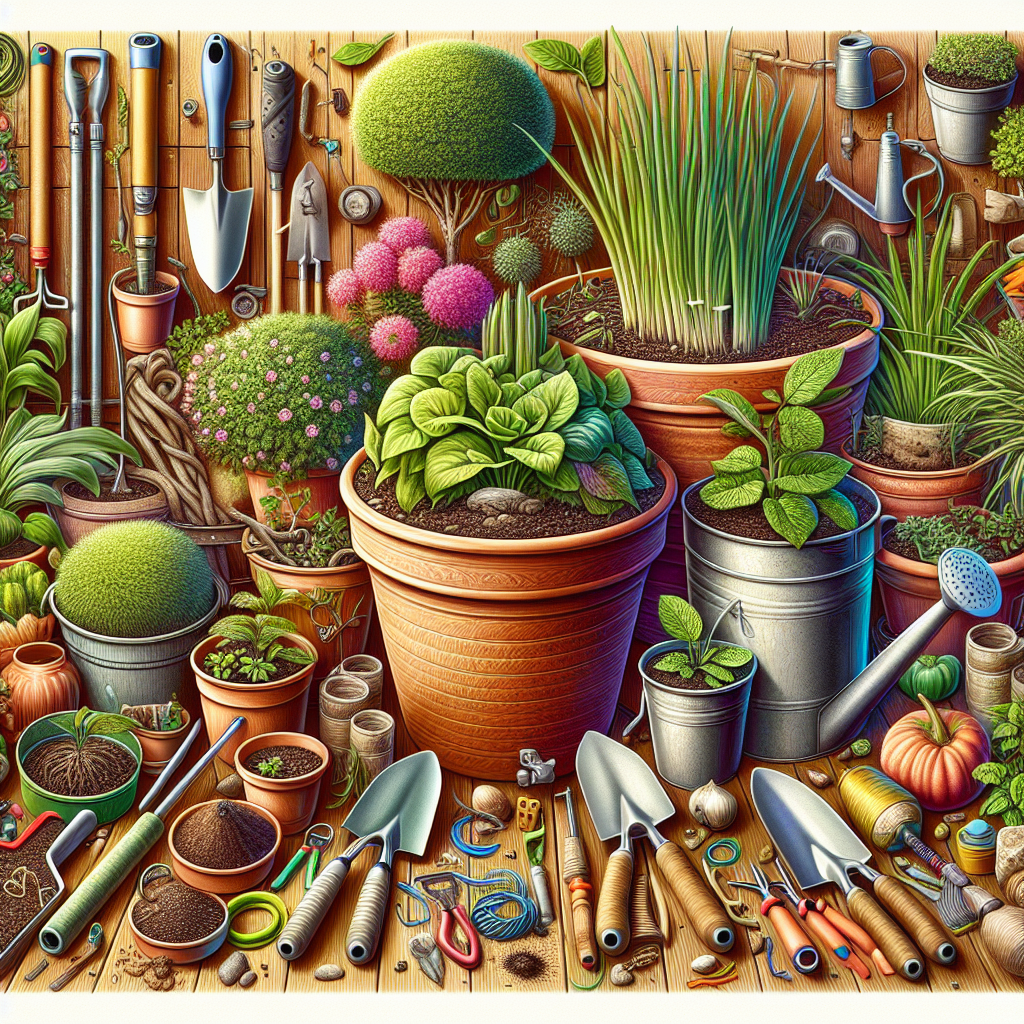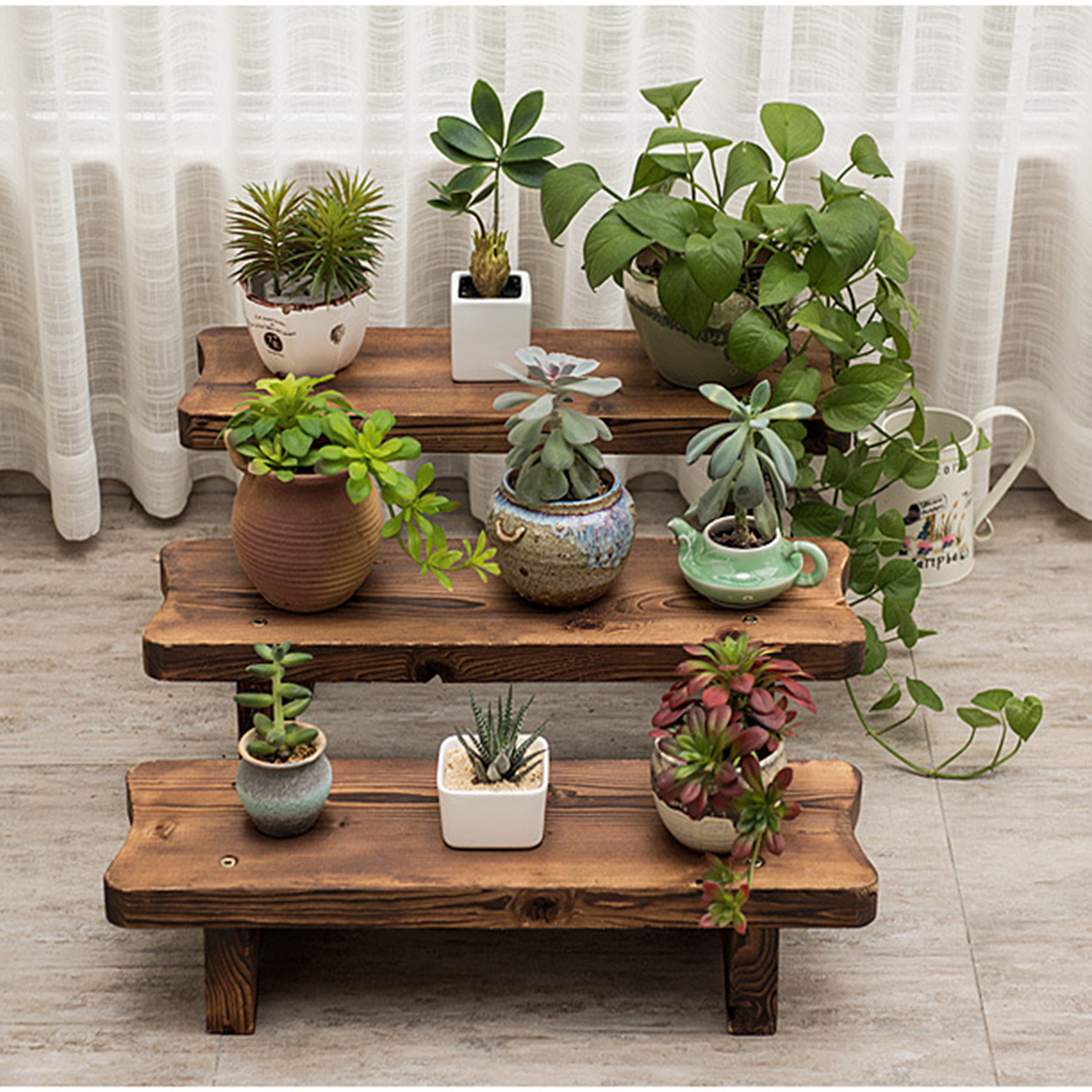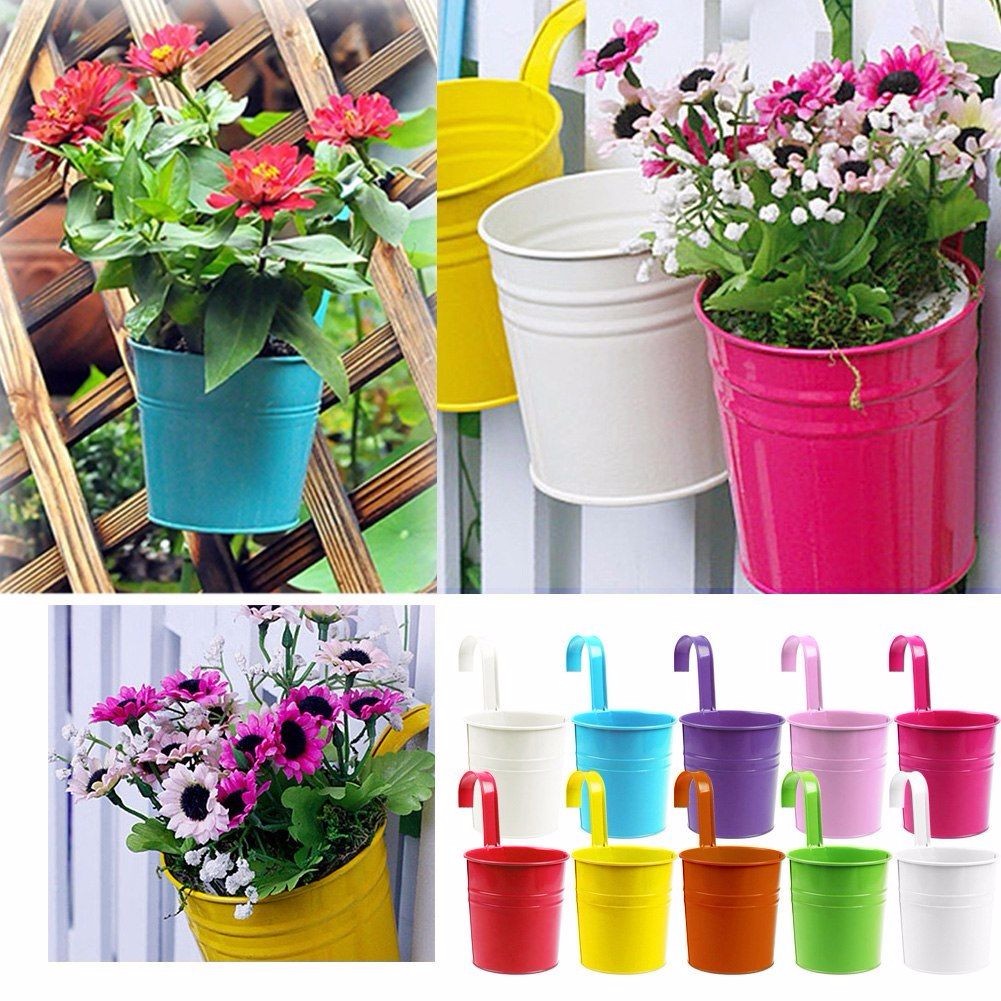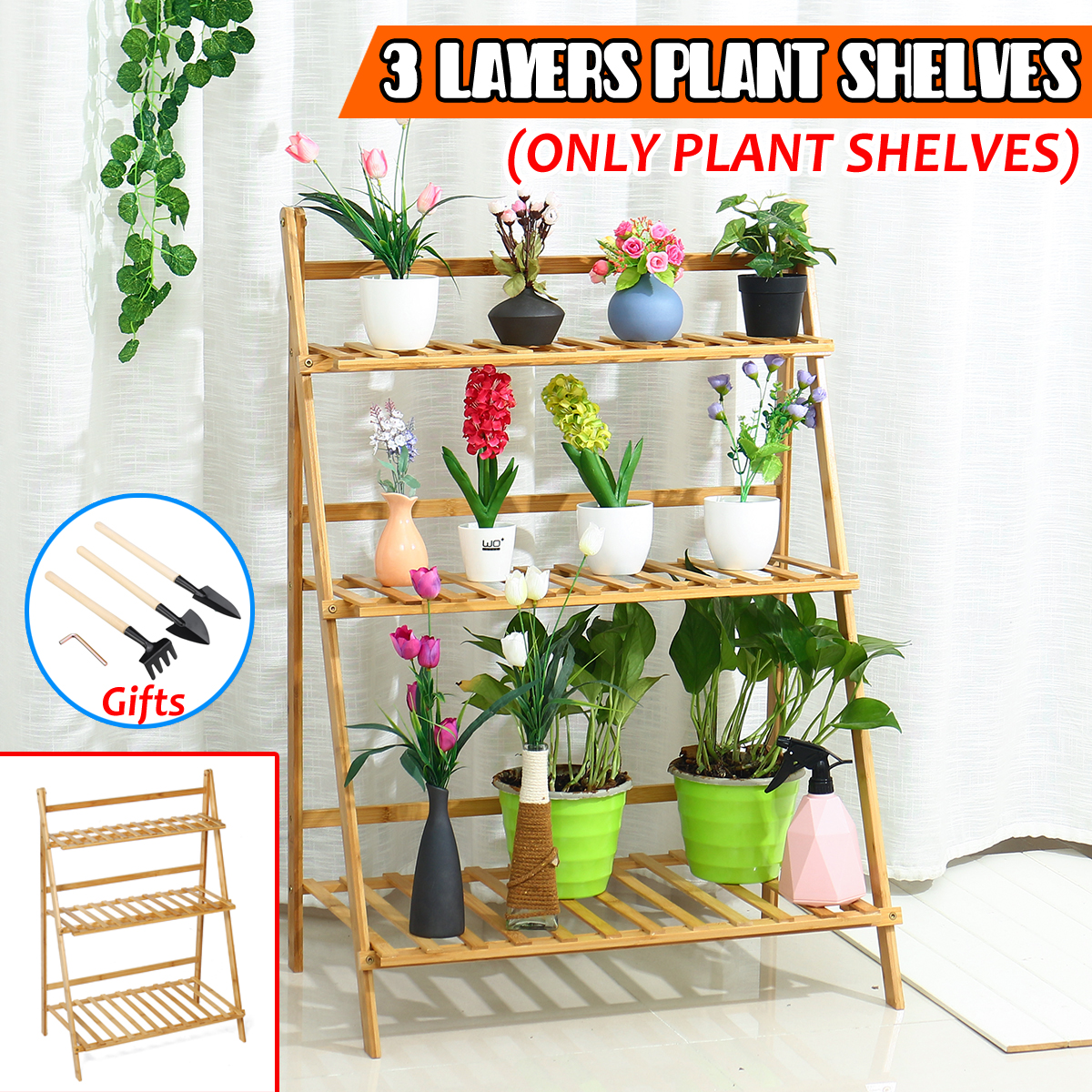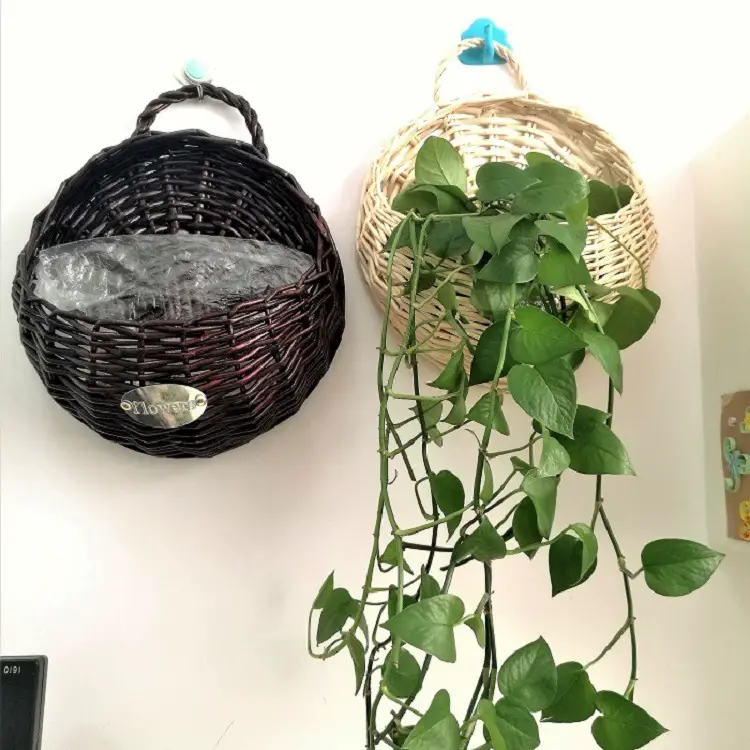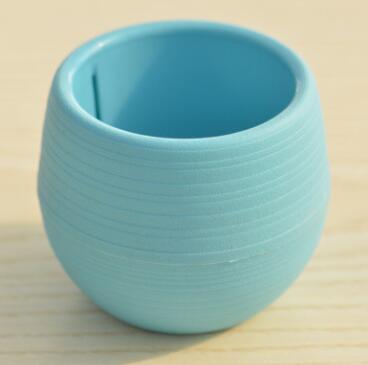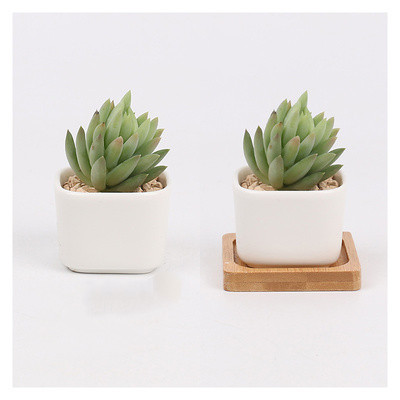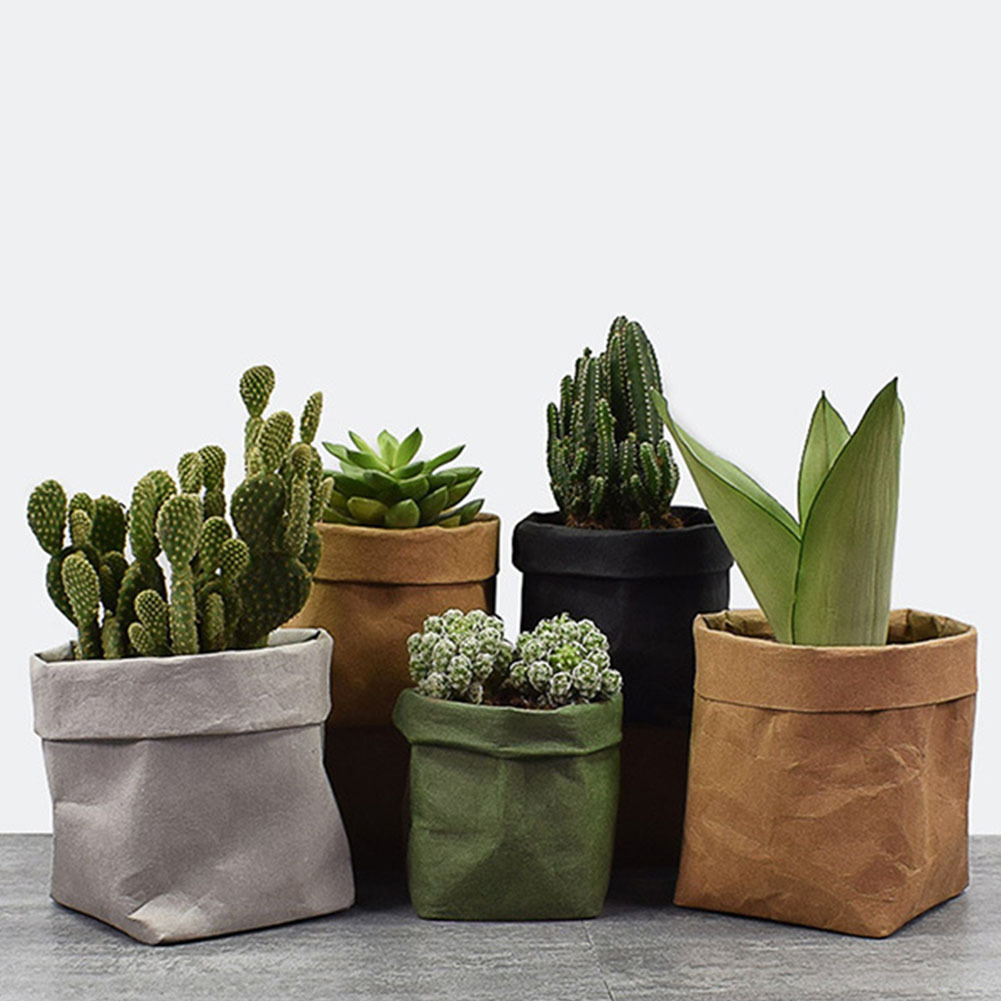Understanding the Basics of Successful Container Gardening
Container gardening has emerged as a popular gardening method, offering flexibility, convenience, and an innovative approach to growing plants in limited spaces. Whether you live in an urban apartment with a small balcony or a home with ample yard space, container gardening empowers you to harness your green thumb, no matter your environment. This article aims to take you through the fundamentals of successful container gardening, transitioning you from a novice to an expert, all while designing stunning floral displays in beautiful containers.
Embracing Container Gardening: The Basics
To embark on container gardening, it’s essential to understand the basic components that will ensure your success. These components include selecting the right containers, understanding soil needs, managing water requirements, and choosing the appropriate plants for your environment.
Choosing the Right Containers
First and foremost, the choice of container is crucial in determining the success of your plants. The beauty of container gardening lies in its versatility and the diversity of containers available. Containers come in various materials, including clay, plastic, metal, and wood, each with its pros and cons.
-
Clay Pots: Known for their traditional and rustic appeal, clay pots are porous, allowing the soil to breathe. However, they can dry out quickly, requiring more frequent watering.
-
Plastic Containers: Lightweight and affordable, plastic containers retain moisture better than clay, making them a practical choice for many gardeners.
-
Metal Pots: Offering a sleek, modern look, metal containers can heat up quickly which may affect the roots. It’s advisable to use them with caution, especially in direct sunlight.
-
Wooden Containers: These add a natural aesthetic to gardens and are excellent at insulating plant roots. Treated wood can withstand the elements better, prolonging the life of the container.
Soil: The Foundation of Growth
The foundation of any successful container garden is healthy soil. Container plants require a well-draining soil mix that maintains moisture without becoming waterlogged.
-
Potting Mix: Unlike garden soil, potting mixes are specifically designed for containers. They typically include peat moss, pine bark, and perlite or vermiculite for aeration and drainage.
-
Nutrient-Rich Amendments: Incorporating organic matter like compost or worm castings can provide essential nutrients to your plants, promoting healthy growth.
Watering: The Lifeline of Plants
Container plants often require more frequent watering than their in-ground counterparts because soil in containers tends to dry out faster.
-
Consistent Moisture: Regularly check the moisture level of your containers. A general rule of thumb is to water when the top inch of soil feels dry to the touch.
-
Drainage: Ensure your containers have adequate drainage holes to prevent waterlogging, which can lead to root rot.
Plant Selection: Thriving in Containers
Choosing the right plants for your container is where creativity meets practicality. Consider factors like light availability, climate, and the mature size of the plants when making your selections.
-
Sun-loving Plants: Geraniums, petunias, and marigolds thrive in sunny locations, adding vibrant color to your container garden.
-
Shade-tolerant Varieties: Hostas, ferns, and begonias are ideal for shaded areas, providing lush foliage and flowers.
-
Edibles in Containers: Vegetables and herbs like tomatoes, peppers, and basil are well-suited for container gardens, offering fresh produce even in small spaces.
From Novice to Expert: Mastering the Art of Container Gardens
As you gain confidence and experience in container gardening, you can explore more advanced techniques to elevate your gardening prowess. Mastering the art of container gardens involves understanding plant compatibility, advanced planting techniques, and seasonal changes.
Plant Compatibility: Creating Harmonious Displays
Successful container gardening extends beyond individual plant care; it also involves creating harmonious plant combinations.
-
Thrillers, Fillers, and Spillers: This classic container design formula involves selecting a "thriller" plant for height and drama, "filler" plants to add fullness, and "spiller" plants that cascade over the edges of the container for a balanced look.
-
Companion Planting: Consider the interaction between different plant species. Pairing plants with similar light and water needs ensures consistency and promotes healthy growth.
Advanced Planting Techniques
As you become more adept at container gardening, experiment with advanced planting techniques that challenge and inspire.
-
Vertical Gardening: Utilize vertical space by stacking pots or using trellises to support climbing plants, maximizing your growing area.
-
Self-Watering Containers: Invest in self-watering planters that supply a consistent moisture level, reducing the need for frequent watering and simplifying maintenance.
Adapting to Seasonal Changes
A dynamic container garden can evolve throughout the year, providing interest and variety with each season.
-
Seasonal Displays: Rotate plants according to the seasons, using spring bulbs in early months, vibrant annuals in summer, and evergreen foliage or winter blooms.
-
Overwintering: For non-hardy plants, consider bringing them indoors during colder months to protect them from harsh weather and extend their lifespan.
Designing Stunning Floral Displays in Beautiful Containers
Once you’ve mastered the basics and advanced techniques, your newfound expertise can be showcased through the design of breathtaking floral displays. Designing stunning floral displays in beautiful containers involves an understanding of color, form, and texture, all harmonized within the confines of your chosen containers.
Color Theory in Gardening
Color is a powerful tool in creating visually appealing container gardens. Understanding color theory can help you design stunning floral displays that captivate the eye.
-
Monochromatic Schemes: Utilize different shades of a single color for a sophisticated and cohesive look.
-
Complementary Colors: Pair colors opposite each other on the color wheel (e.g., purple and yellow) for maximum contrast and impact.
-
Analogous Colors: Choose colors next to each other on the wheel for harmonious and pleasing arrangements (e.g., reds, oranges, and yellows).
Incorporating Form and Texture
Beyond color, the form and texture of plants can add depth and interest to your container garden.
-
Varied Heights: Combine plants of varying heights to create layers and dimension, drawing the viewer’s eye through the display.
-
Contrasting Textures: Mix plants with different leaf shapes and textures, such as combining spiky grasses with broad-leafed succulents.
Container Selection and Style
The container itself is a vital component of your display, contributing to the overall aesthetic and theme.
-
Themed Containers: Use containers that complement the style you wish to convey, whether rustic, modern, or traditional.
-
Unconventional Materials: Get creative by repurposing materials like wooden crates, metal buckets, or even repurposed furniture to house your plants.
Conclusion: Cultivating a Lifelong Passion
Successful container gardening is a journey, providing endless opportunities for creativity, learning, and satisfaction. By understanding the basics, advancing your skills, and honing your design abilities, you can transform any space into a lush haven of beauty. Whether you’re a novice just starting or an expert seeking new challenges, container gardening offers a fulfilling way to connect with nature and cultivate life, one container at a time. Embrace the art of container gardening, and let your creativity flourish like never before.


